10 Ways Late-Night Screens Ruin Your Sleep And Health
In our modern world, screens are an indispensable part of daily life. From smartphones to tablets, laptops to televisions, the glow of these devices often extends into the night. This nocturnal screen exposure, while seemingly harmless, poses significant risks to our sleep patterns and overall health. The blue light emitted by screens mimics daylight, tricking our brains into staying alert when we should be winding down. This disruption of natural sleep rhythms can lead to a cascade of health issues, from insomnia to chronic fatigue. As we delve into the night-time hazards of screen glow, it becomes clear that understanding and mitigating these effects is crucial for our well-being. This exploration will not only highlight the hazards but also offer insights into mitigating these effects, empowering readers to make informed choices about their screen habits.
1. The Science of Sleep and Circadian Rhythms
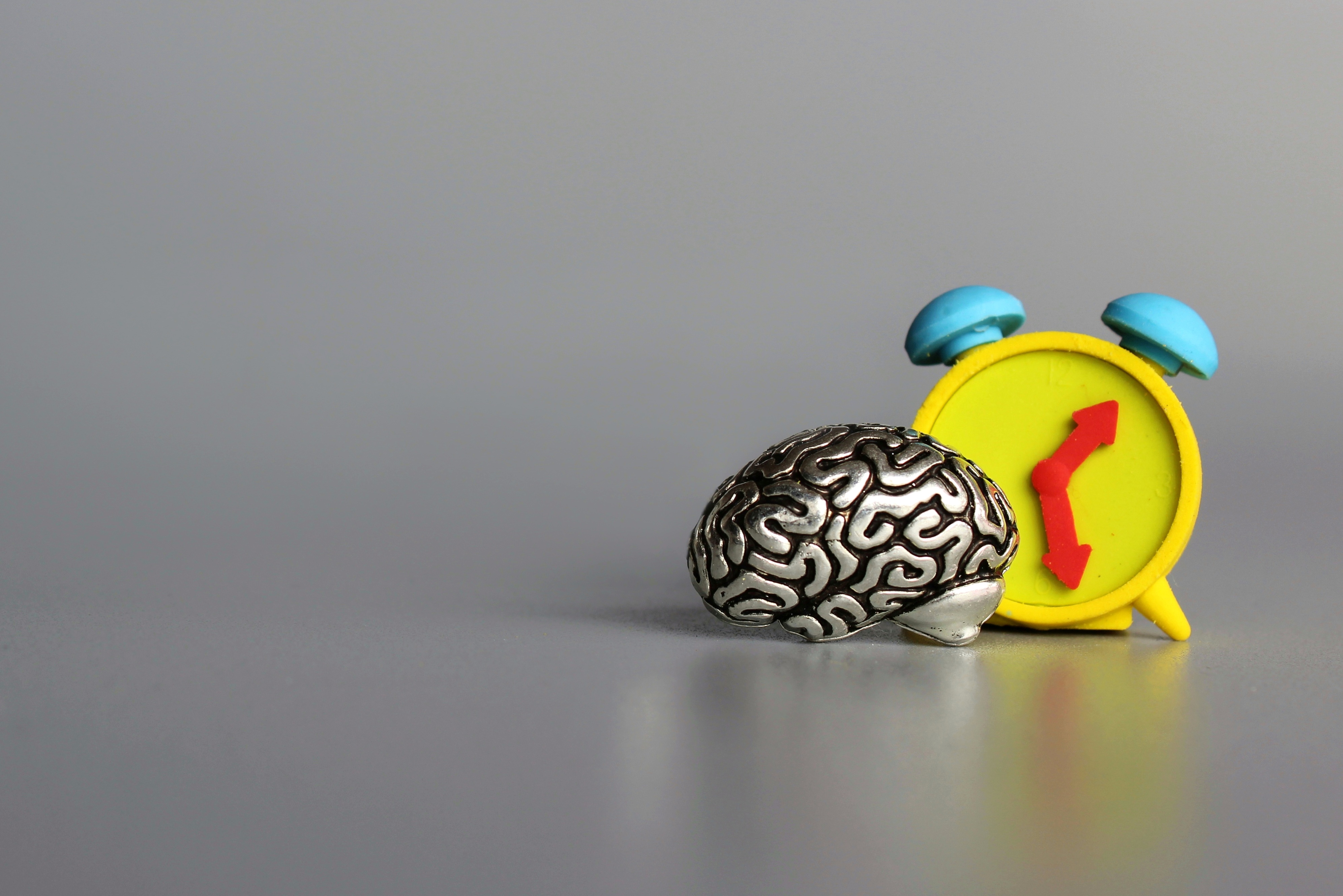
To fully grasp the impact of screen glow on sleep, it's essential to understand the science of sleep and circadian rhythms. The circadian rhythm is a natural, internal process that regulates the sleep-wake cycle, repeating roughly every 24 hours. This biological clock is influenced by external cues, primarily light, which signal to the brain when it's time to be awake and when it's time to rest. The hormone melatonin plays a pivotal role in this process, rising in the evening to promote sleepiness and falling in the morning to help us wake up. Blue light, which is predominant in the spectrum of light emitted by screens, has a profound effect on melatonin production. Exposure to blue light in the evening can suppress melatonin levels, delaying the onset of sleep and disrupting the circadian rhythm. This suppression is particularly concerning because it can shift the sleep phase, leading to difficulties in falling asleep at the desired time. The result is often a cycle of insufficient sleep, which can have cumulative negative effects on health and well-being. Research has shown that even short durations of blue light exposure before bedtime can significantly alter melatonin levels and the sleep cycle. This disruption is not just a matter of feeling tired the next day; it can lead to chronic sleep issues if the pattern continues over time. Understanding the intricate relationship between light exposure and circadian rhythms is crucial for addressing the challenges posed by late-night screen use. By aligning our habits with our natural biological rhythms, we can improve sleep quality and overall health.
2. The Impact of Blue Light on Melatonin and Sleep Quality
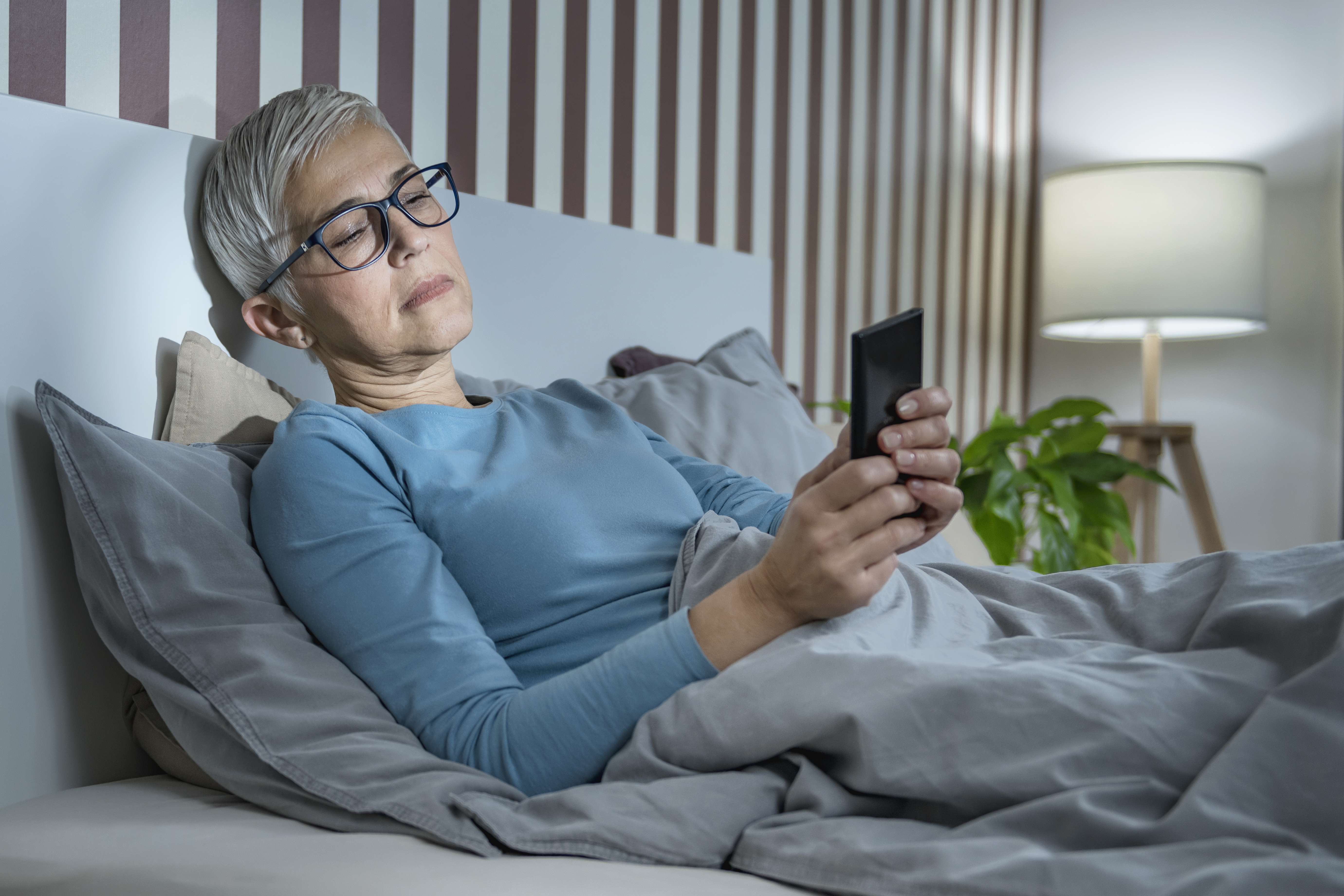
Blue light is a high-energy visible light that plays a significant role in regulating our sleep patterns. During the day, exposure to blue light is beneficial as it boosts attention, reaction times, and mood. However, at night, this same light can be detrimental. The screens of our electronic devices emit blue light, which can interfere with the production of melatonin, a hormone that regulates sleep. When melatonin production is suppressed, it becomes challenging to fall asleep and stay asleep, leading to poor sleep quality. The impact of blue light on sleep quality is profound. Studies have demonstrated that individuals exposed to blue light before bedtime experience reduced sleep efficiency and increased wakefulness during the night. This disruption can lead to a decrease in REM sleep, the stage of sleep crucial for memory consolidation and cognitive function. Over time, the cumulative effect of poor sleep quality can lead to sleep disorders such as insomnia, further exacerbating health problems. Moreover, the impact of blue light is not limited to the immediate effects on sleep. Chronic exposure can alter the body's overall sleep architecture, leading to long-term changes in sleep patterns. This can result in a misalignment of the circadian rhythm, making it difficult to maintain consistent sleep-wake cycles. Understanding the effects of blue light on melatonin and sleep quality is essential for developing strategies to mitigate its impact, such as using blue light filters or setting screen time limits before bed.
3. Cognitive and Psychological Consequences of Sleep Disruption
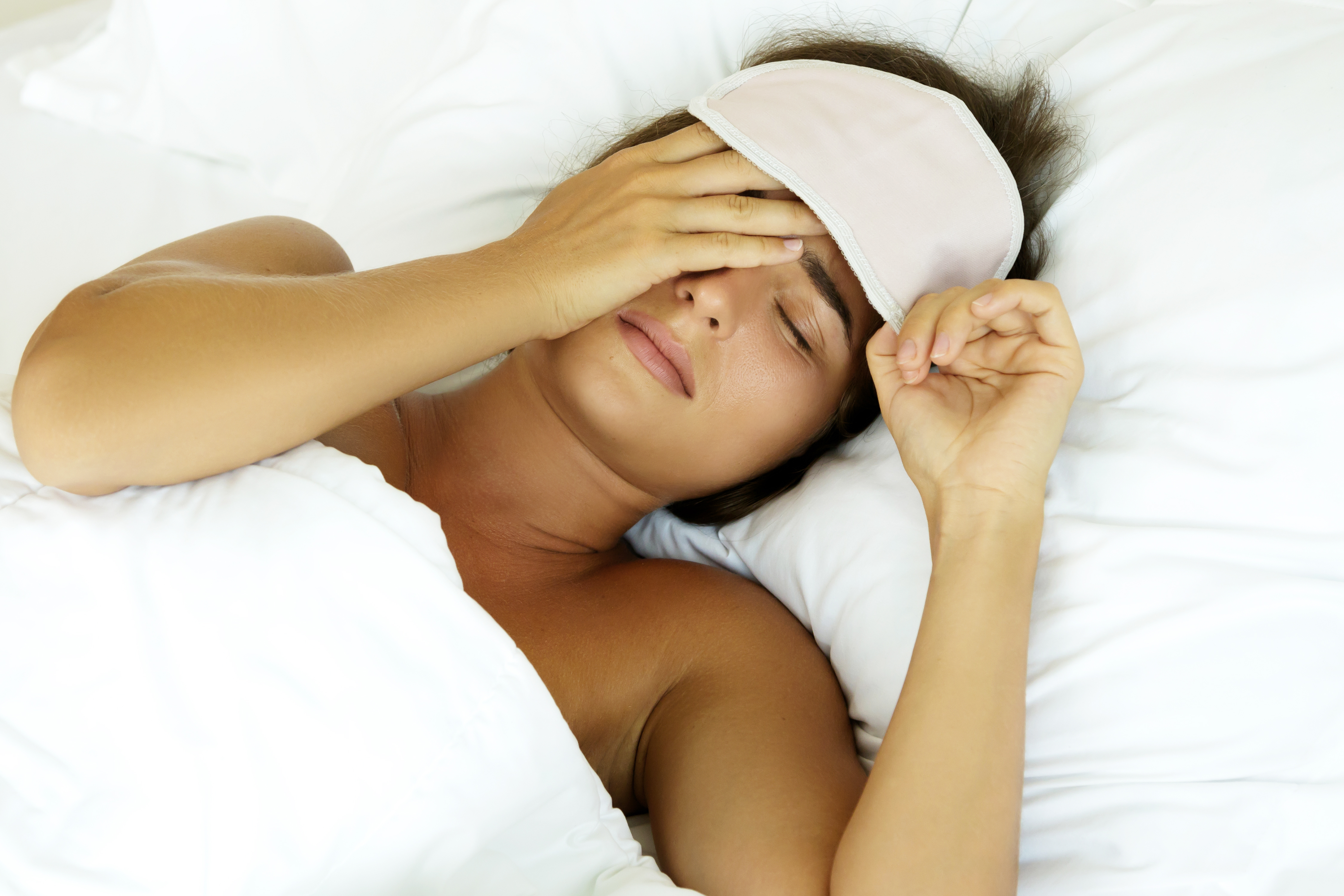
The disruption of sleep due to late-night screen exposure has far-reaching cognitive and psychological consequences. Sleep is a vital process for brain health, facilitating memory consolidation, emotional regulation, and cognitive function. When sleep is compromised, these processes are disrupted, leading to a range of cognitive impairments. Individuals who experience sleep deprivation often report difficulties with attention, problem-solving, and decision-making, which can impact daily functioning and productivity. Psychologically, the effects of sleep disruption can manifest as mood disturbances, increased stress, and heightened anxiety. The relationship between sleep and mental health is bidirectional; poor sleep can contribute to the development or exacerbation of mental health issues, while existing mental health conditions can further disrupt sleep. This cycle can be challenging to break, leading to a decline in overall well-being. The psychological toll of sleep disruption underscores the importance of addressing the root causes, such as late-night screen use, to improve mental health outcomes. Furthermore, chronic sleep deprivation has been linked to long-term cognitive decline and an increased risk of neurodegenerative diseases. The brain relies on sleep to clear out toxins and repair cellular damage, processes that are essential for maintaining cognitive health. When these processes are impaired, the risk of developing conditions such as Alzheimer's disease may increase. By understanding the cognitive and psychological consequences of sleep disruption, individuals can take proactive steps to prioritize sleep and protect their brain health.
4. Physical Health Implications of Poor Sleep Hygiene
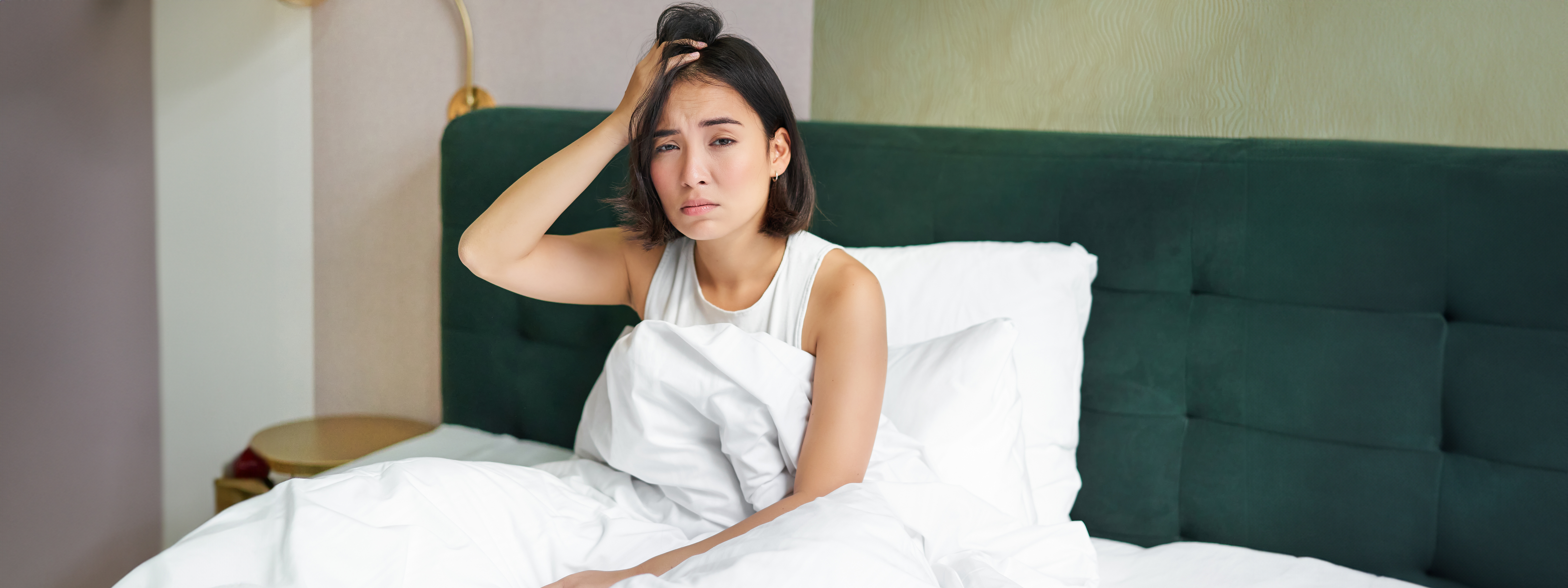
Beyond cognitive and psychological effects, poor sleep hygiene due to late-night screen exposure has significant physical health implications. Chronic sleep deprivation is associated with a range of health issues, including cardiovascular disease, obesity, and diabetes. Sleep plays a crucial role in regulating hormones that control appetite and metabolism. When sleep is disrupted, the balance of these hormones is affected, leading to increased hunger and cravings for high-calorie foods, which can contribute to weight gain and metabolic disorders. The immune system is also adversely affected by inadequate sleep. During sleep, the body produces cytokines, proteins that help fight infections and inflammation. Sleep deprivation can reduce the production of these protective proteins, weakening the immune response and making individuals more susceptible to illnesses. This compromised immune function can lead to a higher frequency of infections and a longer recovery time from illnesses, highlighting the importance of maintaining healthy sleep patterns for overall physical health. Moreover, poor sleep hygiene can exacerbate existing health conditions. For individuals with chronic illnesses, such as hypertension or diabetes, sleep deprivation can worsen symptoms and complicate disease management. The interplay between sleep and physical health is complex, and addressing sleep disruption is a critical component of comprehensive health care. By recognizing the physical health implications of poor sleep hygiene, individuals can take steps to improve their sleep environment and reduce screen exposure before bed.
5. The Role of Screen Time in Insomnia and Sleep Disorders
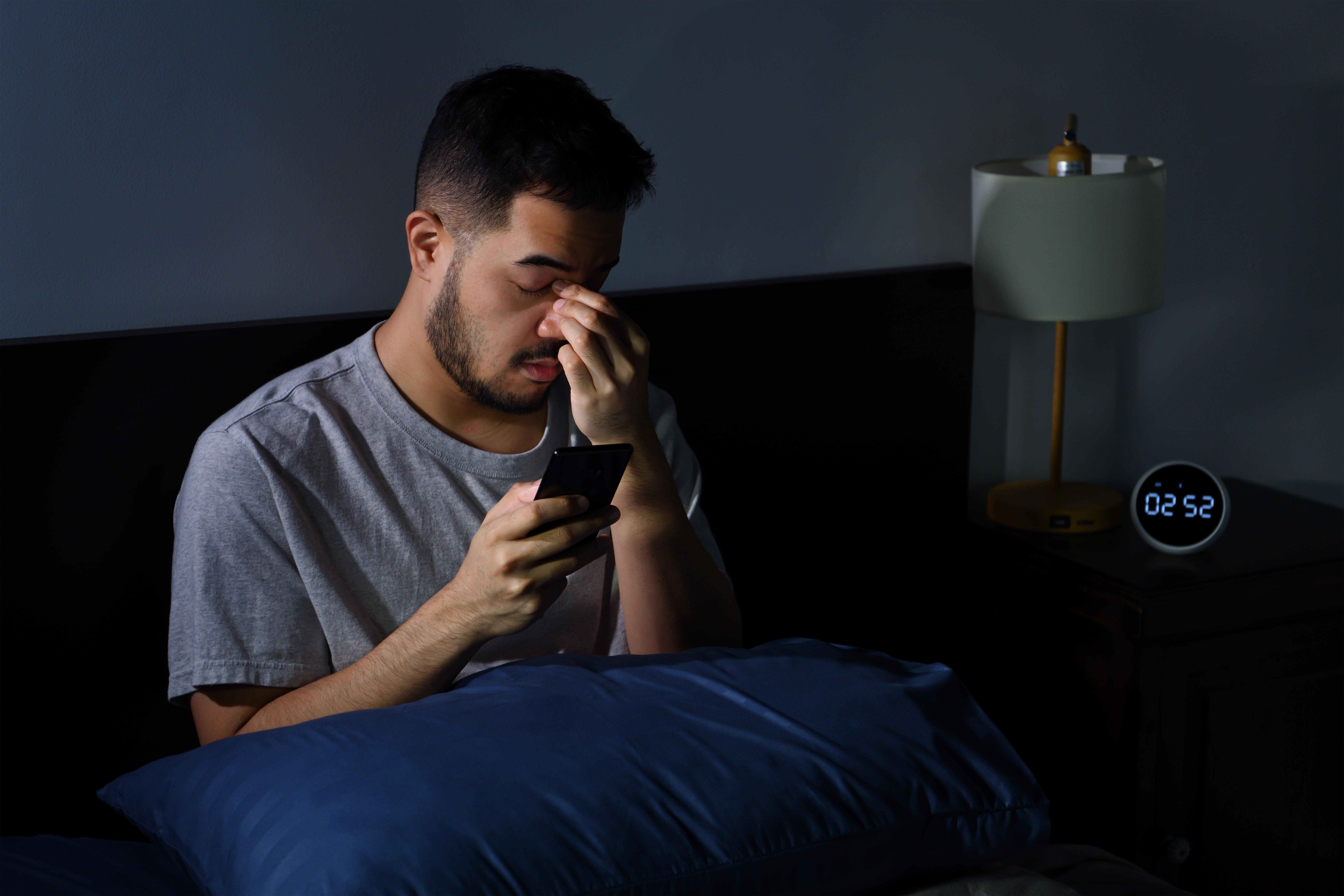
Insomnia and other sleep disorders are increasingly linked to excessive screen time, particularly in the hours leading up to bedtime. Insomnia is characterized by difficulty falling asleep, staying asleep, or waking up too early, and it can have profound effects on daily life. The blue light emitted by screens can delay the release of melatonin, making it harder to fall asleep and stay asleep. This disruption can lead to a cycle of insomnia, where individuals struggle to get the rest they need, leading to daytime fatigue and irritability. Screen time can also contribute to other sleep disorders, such as delayed sleep phase disorder (DSPD), where individuals have a natural tendency to fall asleep and wake up later than usual. This disorder is particularly common among adolescents and young adults, who are often more exposed to screens late at night. The stimulation from engaging with digital content can further delay sleep onset, exacerbating the symptoms of DSPD and leading to a misalignment with societal schedules. Addressing the role of screen time in insomnia and sleep disorders requires a multifaceted approach. Behavioral interventions, such as cognitive-behavioral therapy for insomnia (CBT-I), can help individuals develop healthier sleep habits and reduce screen exposure before bed. Additionally, technological solutions, such as blue light filters and apps that limit screen time, can support efforts to improve sleep hygiene. By understanding the connection between screen time and sleep disorders, individuals can take proactive steps to prioritize their sleep health.
6. Strategies to Mitigate the Effects of Screen Glow
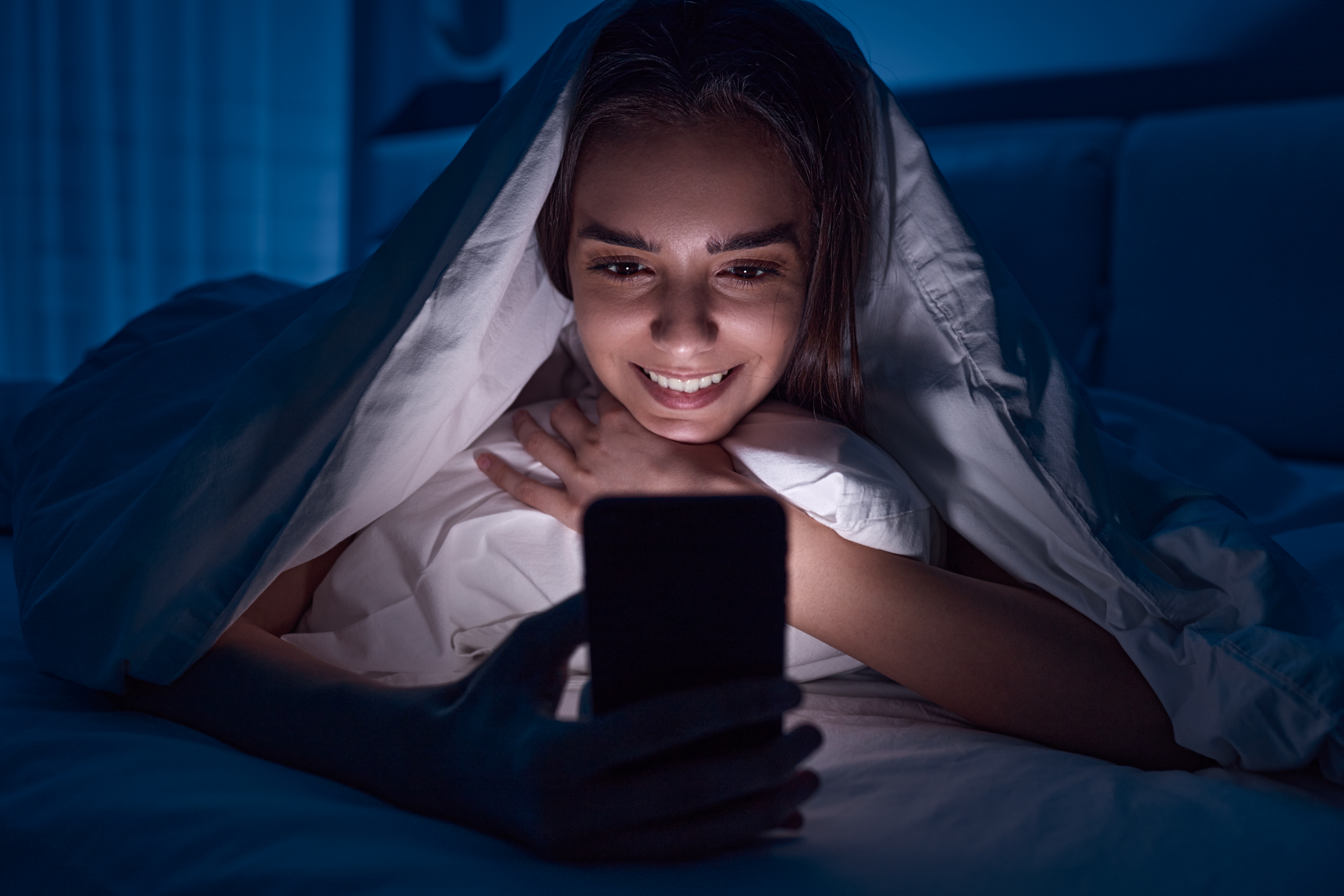
Mitigating the effects of late-night screen glow requires a combination of behavioral changes and technological solutions. One effective strategy is to establish a consistent bedtime routine that includes winding down without screens. Engaging in relaxing activities, such as reading a book or practicing meditation, can signal to the brain that it's time to prepare for sleep. Creating a screen-free zone in the bedroom can also help reinforce the association between the bedroom and sleep, reducing the temptation to engage with screens before bed. Technological solutions can also play a role in minimizing the impact of screen glow. Many devices now offer blue light filters or "night mode" settings, which reduce the amount of blue light emitted by screens. These settings can be scheduled to activate automatically in the evening, helping to minimize disruption to the circadian rhythm. Additionally, apps that track screen time and provide reminders to take breaks can support efforts to reduce overall screen exposure, promoting healthier sleep patterns. Another strategy is to prioritize natural light exposure during the day. Spending time outdoors and allowing natural light to regulate the body's internal clock can help counteract the effects of artificial light exposure at night. By combining behavioral changes with technological solutions, individuals can effectively mitigate the effects of screen glow and improve their sleep quality. These strategies empower individuals to take control of their sleep environment and make informed choices about their screen habits.
7. The Importance of Sleep Hygiene in the Digital Age
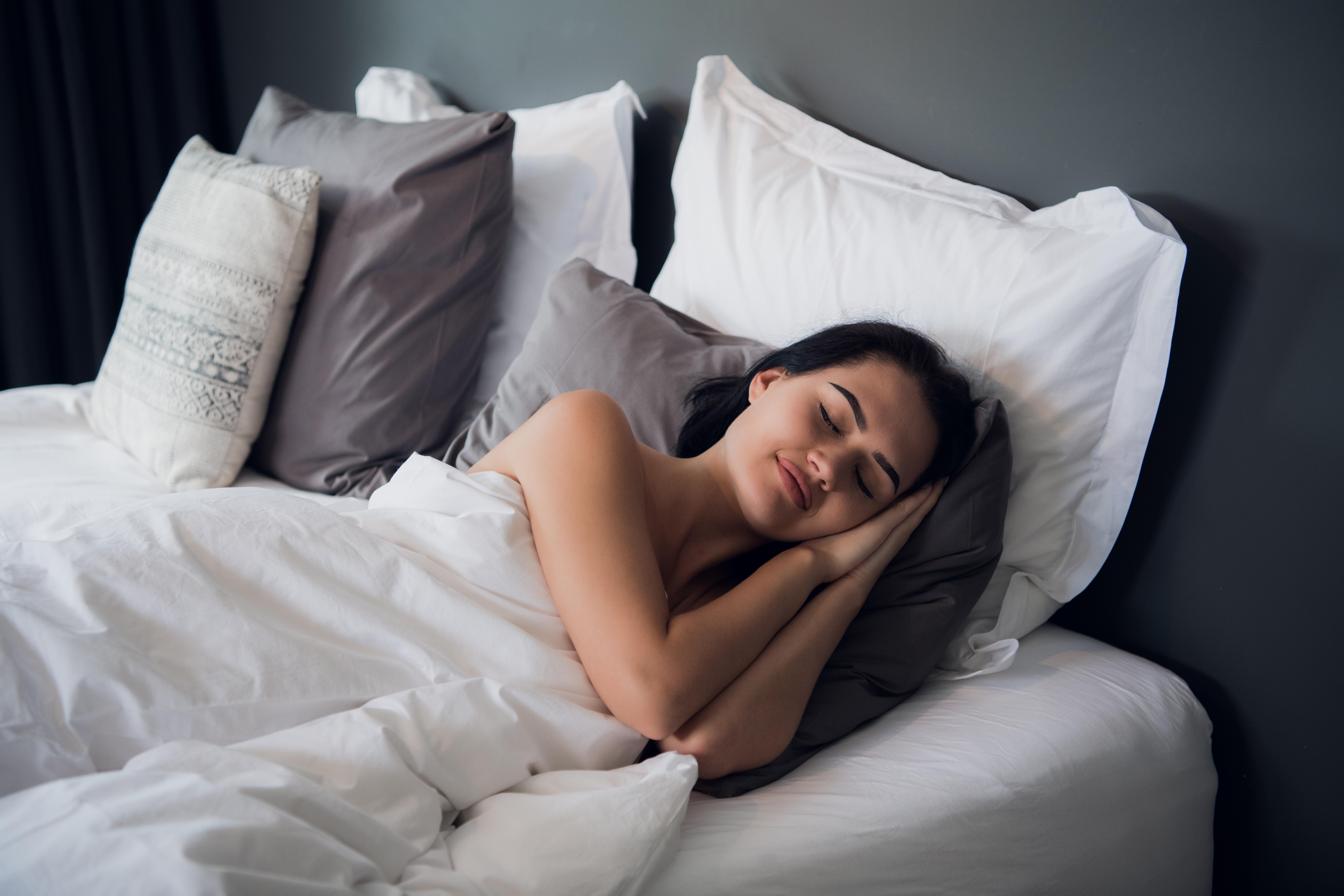
In the digital age, maintaining good sleep hygiene is more important than ever. Sleep hygiene refers to the practices and habits that promote restful sleep and overall well-being. With the pervasive presence of screens in our lives, establishing healthy sleep habits is crucial for mitigating the impact of late-night screen exposure. Good sleep hygiene involves creating a conducive sleep environment, establishing a consistent sleep schedule, and practicing relaxation techniques to promote sleep. Creating a sleep-friendly environment involves minimizing distractions and ensuring the bedroom is conducive to rest. This includes keeping the room dark, quiet, and cool, as well as removing electronic devices that may emit light or noise. Establishing a consistent sleep schedule, even on weekends, helps regulate the body's internal clock and promotes better sleep quality. By aligning sleep and wake times with the natural circadian rhythm, individuals can improve their overall sleep patterns. Relaxation techniques, such as deep breathing, progressive muscle relaxation, and mindfulness meditation, can help calm the mind and prepare the body for sleep. These practices can be incorporated into a bedtime routine to signal to the brain that it's time to wind down. In the digital age, prioritizing sleep hygiene is essential for counteracting the effects of screen glow and ensuring restful sleep. By adopting healthy sleep habits, individuals can improve their sleep quality and overall well-being.
8. The Role of Public Health Initiatives in Promoting Sleep Awareness
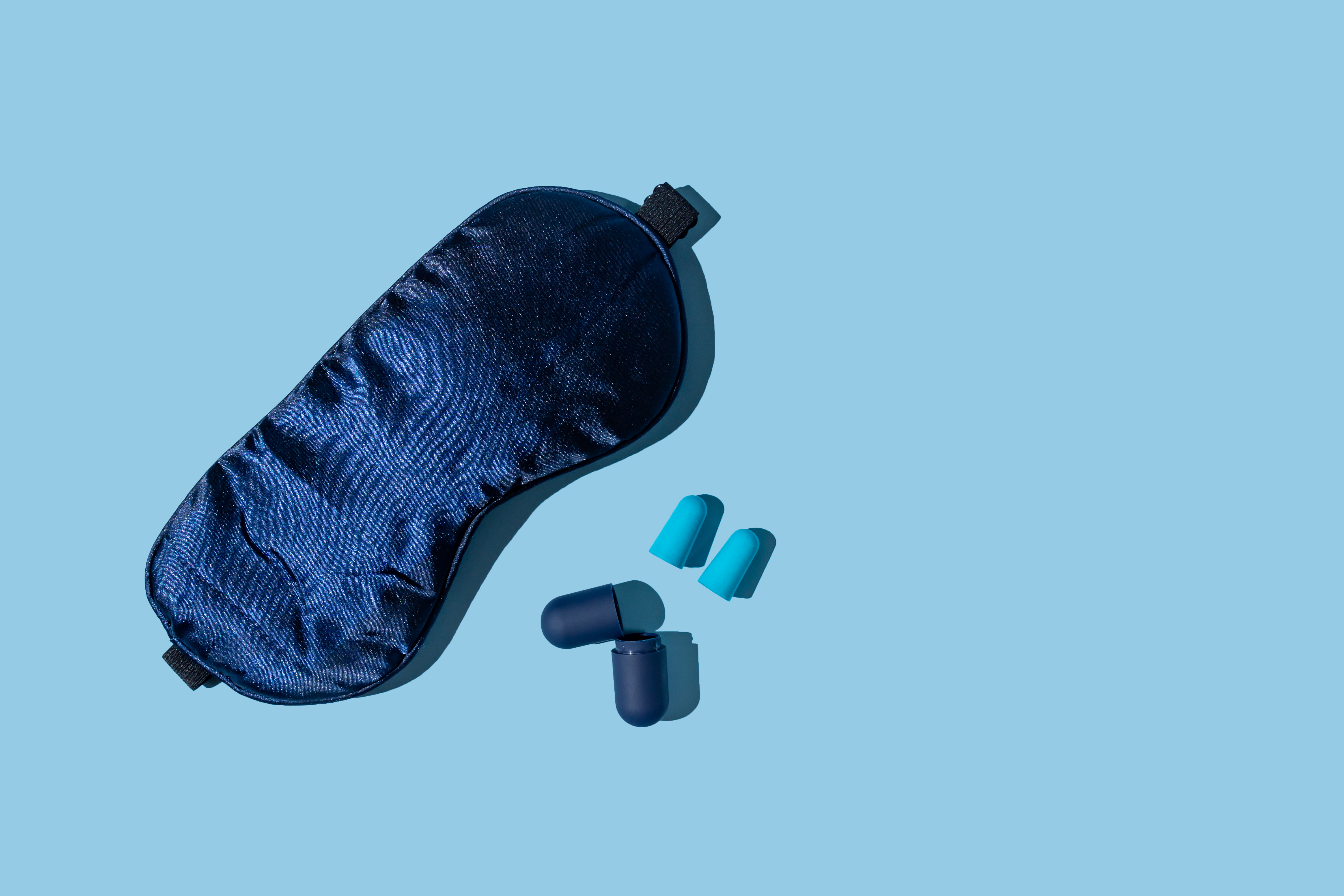
Public health initiatives play a crucial role in promoting sleep awareness and addressing the challenges posed by late-night screen exposure. As sleep disorders and sleep deprivation become increasingly prevalent, public health campaigns can raise awareness about the importance of sleep and the impact of screen habits on sleep quality. These initiatives can provide education and resources to help individuals make informed choices about their screen use and prioritize their sleep health. Public health campaigns can also advocate for policies that support healthy sleep habits. This may include promoting workplace policies that encourage work-life balance and limit screen exposure outside of work hours. Schools can also play a role by educating students about the importance of sleep and providing guidelines for healthy screen use. By creating a supportive environment for healthy sleep habits, public health initiatives can help reduce the prevalence of sleep disorders and improve overall well-being. Collaboration between public health organizations, healthcare providers, and technology companies can further enhance efforts to promote sleep awareness. By working together, these stakeholders can develop innovative solutions to address the impact of screen glow on sleep and health. Public health initiatives have the potential to create lasting change by empowering individuals to prioritize their sleep and make healthier choices in the digital age.
9. Future Research Directions on Screen Glow and Sleep
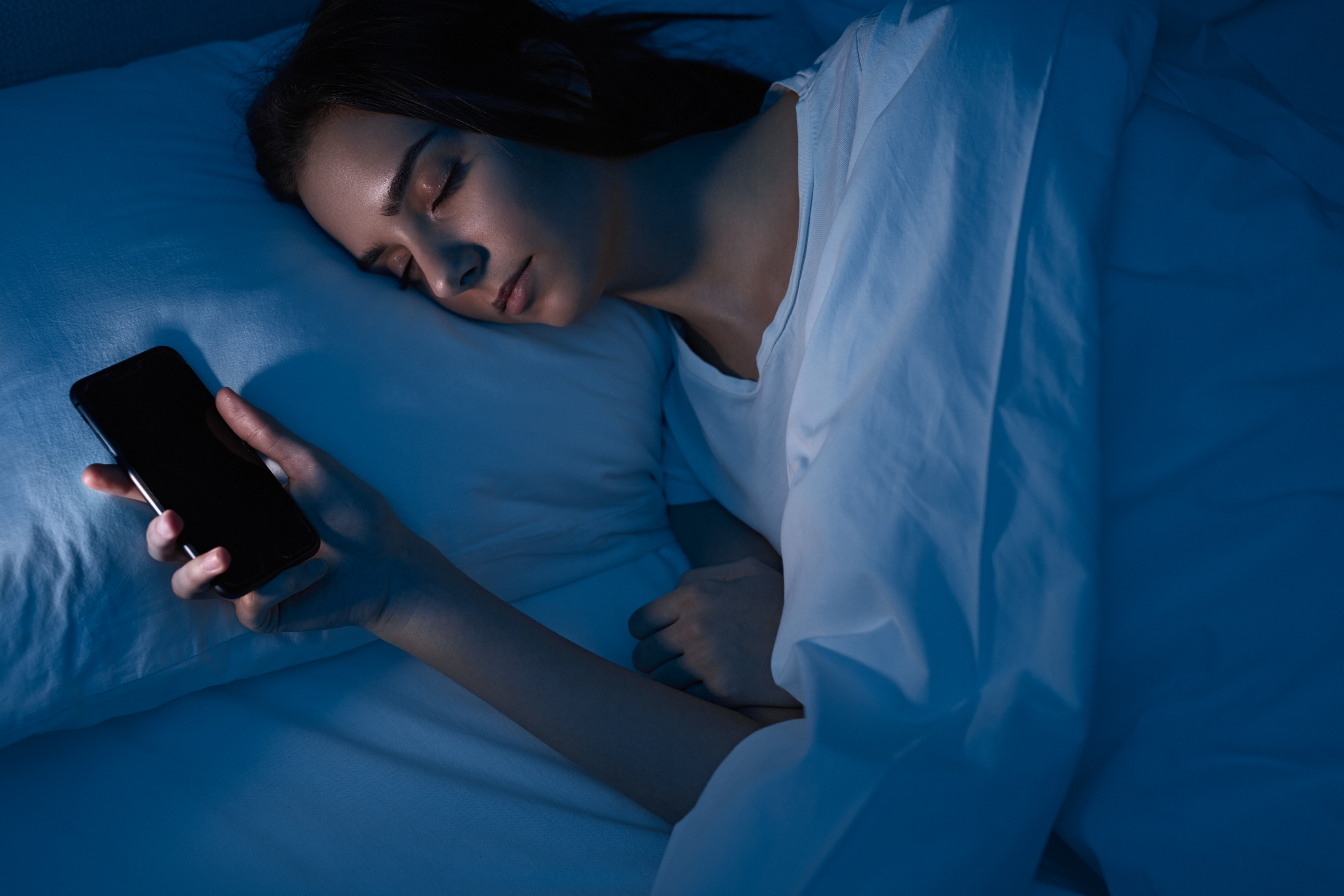
Future research on the impact of screen glow on sleep and health is essential for developing effective interventions and strategies. While current studies have highlighted the negative effects of blue light exposure on sleep, there is still much to learn about the long-term impact of screen use on circadian rhythms and overall health. Future research can explore the cumulative effects of chronic screen exposure, as well as the potential for individual differences in susceptibility to blue light. Advancements in technology provide opportunities for innovative research methodologies. Wearable devices and sleep-tracking apps can offer valuable insights into sleep patterns and the impact of screen use on sleep quality. These technologies can facilitate large-scale studies that provide a comprehensive understanding of how screen habits influence sleep and health outcomes. Additionally, research can explore the effectiveness of interventions, such as blue light filters and screen time management tools, in mitigating the impact of screen glow on sleep. Understanding the interaction between screen use and other lifestyle factors is another important area for future research. Factors such as diet, physical activity, and stress levels can all influence sleep quality, and their interaction with screen habits warrants further exploration. By advancing our understanding of the complex relationship between screen glow and sleep, future research can inform the development of targeted interventions and public health strategies to promote better sleep and overall well-being.
10. Increased Risk of Eye Strain and Digital Fatigue
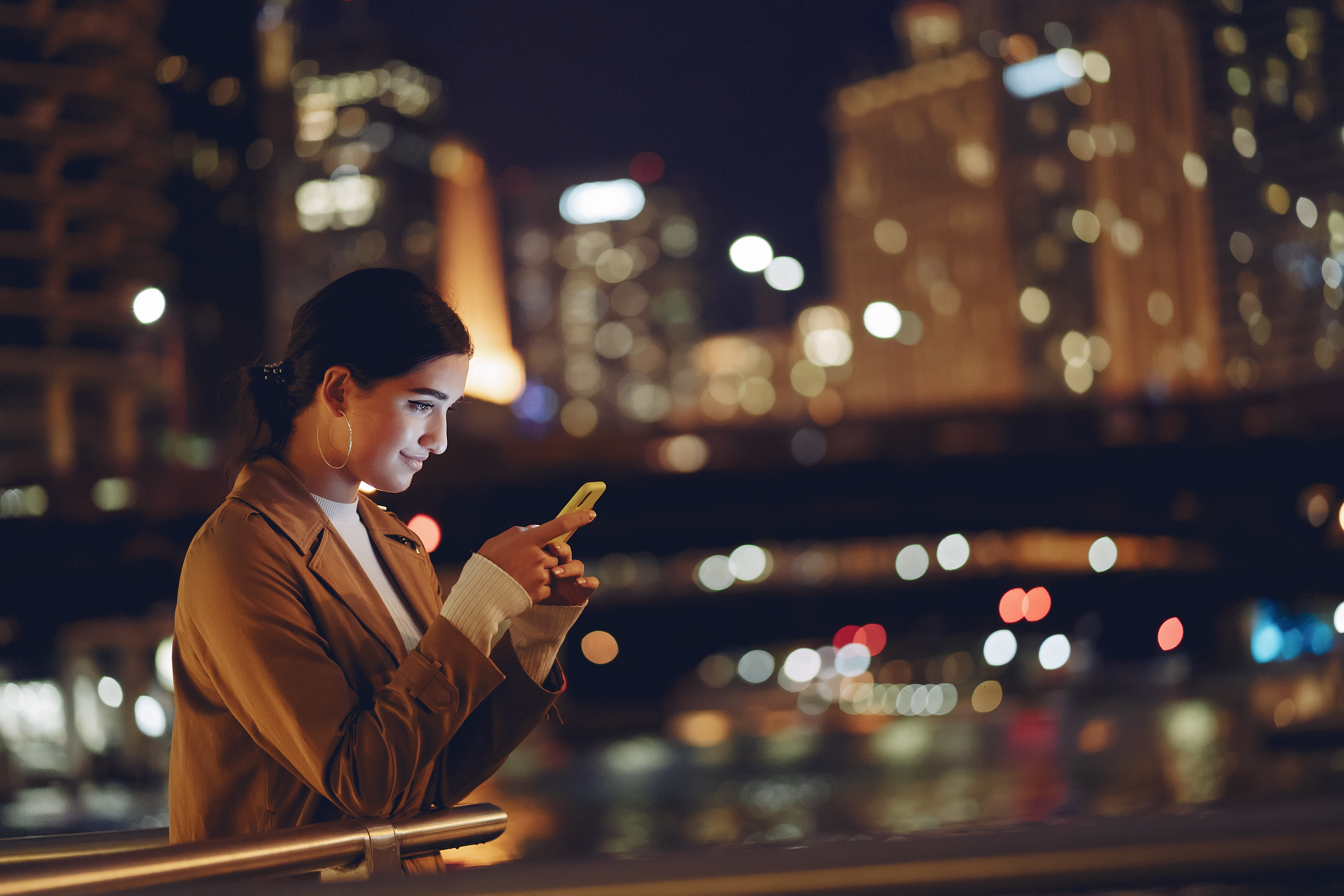
Staring at screens late at night doesn’t just affect sleep—it also takes a toll on your eyes. Prolonged screen exposure, especially in dim lighting, can lead to digital eye strain, causing discomfort, dryness, and even headaches. The blue light emitted by screens contributes to visual fatigue by forcing the eyes to focus harder, often leading to blurred vision or difficulty adjusting to natural light afterward. Additionally, screen exposure at night can disrupt the production of melatonin in the retina, making it even harder for your eyes to transition from artificial light to darkness for sleep. Over time, excessive screen use without breaks can contribute to long-term vision problems, including an increased risk of myopia (nearsightedness) and difficulty focusing on objects at different distances (digital eye strain syndrome). To protect your eyes and improve sleep, consider using blue light blocking glasses, adjusting screen brightness, and following the 20-20-20 rule: every 20 minutes, look at something 20 feet away for at least 20 seconds. Prioritizing eye health at night will not only help prevent strain but also support better sleep and overall well-being.
Taking Control of Your Sleep Environment
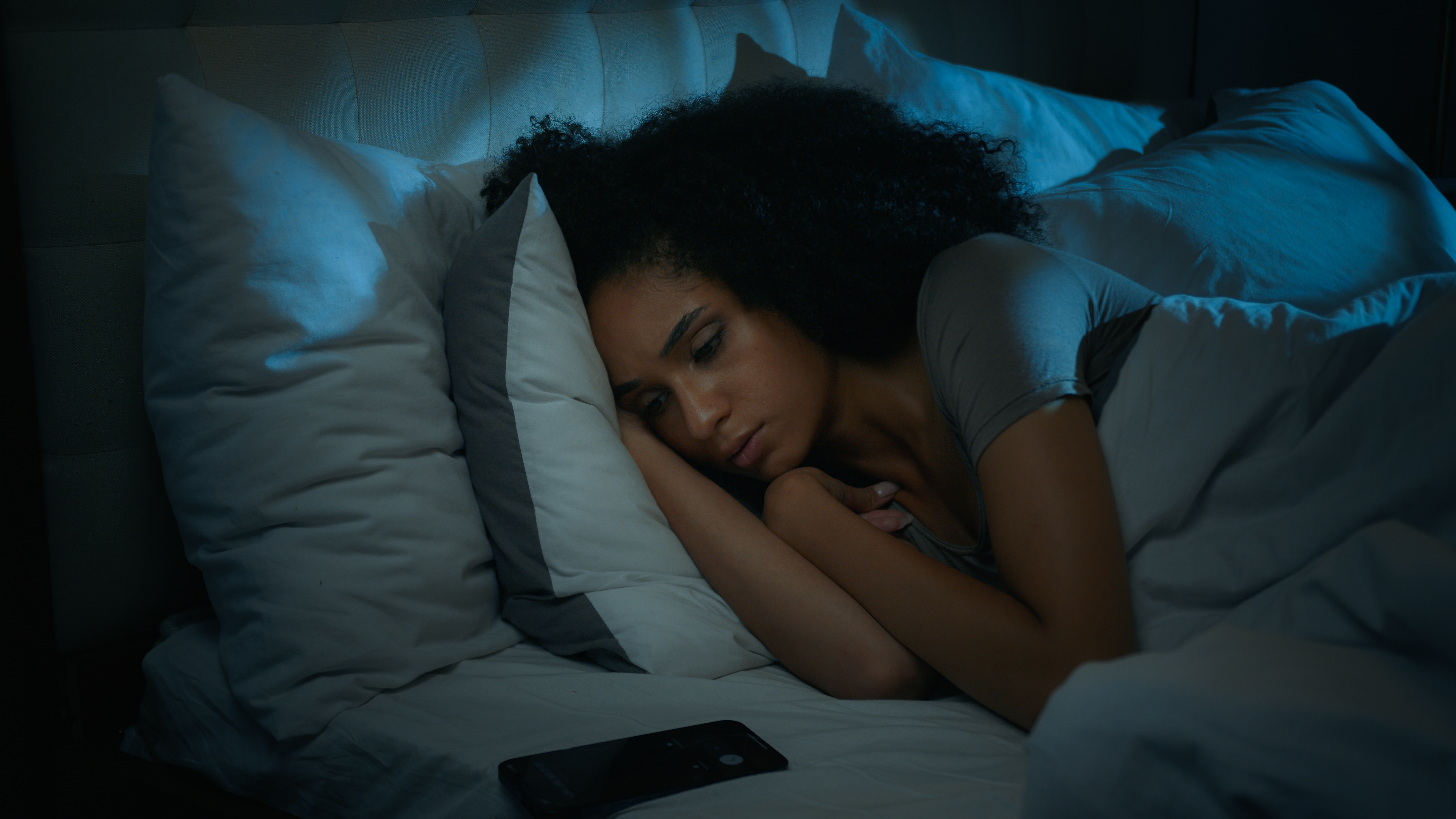
The night-time hazards of late-night screen glow on sleep rhythm and health are significant and multifaceted. The disruption of circadian rhythms, suppression of melatonin, and resulting sleep disorders have profound implications for cognitive, psychological, and physical health. As we navigate the digital age, it is essential to recognize the impact of screen habits on sleep and take proactive steps to mitigate these effects. By understanding the science of sleep and the role of blue light, individuals can make informed choices about their screen use. Strategies such as establishing a consistent bedtime routine, utilizing blue light filters, and prioritizing natural light exposure can help improve sleep quality and overall well-being. Public health initiatives and future research play a crucial role in raising awareness and providing resources to support healthy sleep habits. Ultimately, taking control of your sleep environment and prioritizing sleep hygiene in the digital age is essential for maintaining health and well-being. By making conscious choices about screen use and adopting healthy sleep practices, individuals can protect their sleep and enjoy the benefits of restful, restorative sleep. As we continue to learn and adapt to the challenges of the digital age, prioritizing sleep remains a fundamental aspect of a healthy lifestyle.
